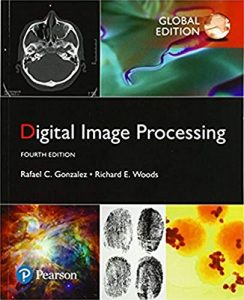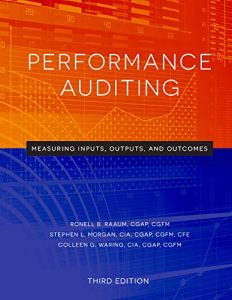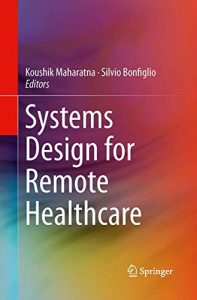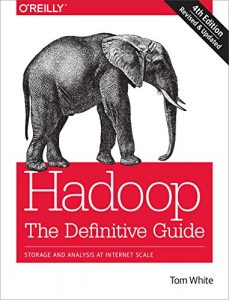1. Practical Hardware Pentesting: A guide to attacking embedded systems and protecting them against the most common hardware attacks
Authored by Jean-Georges Valle, this book serves as a practical guide for those interested in diving into hardware penetration testing. It methodically teaches readers about the fundamental concepts of attacking embedded systems, which are increasingly common in various technologies we use today. The insights provided not only empower professionals to understand potential vulnerabilities but also equip them with the tools needed to safeguard their systems. This book is a crucial read for anyone involved in embedded systems, ensuring that they remain one step ahead against attackers.

2. Physically Unclonable Functions: From Basic Design Principles to Advanced Hardware Security Applications
Written by Basel Halak, this book takes a deep dive into Physically Unclonable Functions (PUFs), a technology pivotal for secure hardware design. It covers the fundamentals before progressing to applications, making it suitable for readers ranging from novices to advanced practitioners. The detailed exploration of PUFs showcases how they are essential in enhancing hardware security, particularly in creating unique identifiers that are incredibly difficult to replicate. This book is indispensable for anyone interested in the future of secure hardware design.

3. Hardware Security: A Hands-on Learning Approach
Authored by Swarup Bhunia and Mark Tehranipoor, this book is an engaging resource aimed at providing hands-on experiences in hardware security. The interactive approach enriches learning, allowing individuals to apply theoretical knowledge in practical scenarios. It addresses various topics, including secure design principles and vulnerabilities, ensuring practitioners are well-versed in modern challenges and solutions in hardware security. Its hands-on focus makes it a preferred choice for educators and learners alike.

4. Hardware Security and Trust: Design and Deployment of Integrated Circuits in a Threatened Environment
This collaborative work by Nicolas Sklavos, Ricardo Chaves, Giorgio Di Natale, and Francesco Regazzoni provides a comprehensive insight into the challenges faced in designing secure integrated circuits. Given the escalating threats in today’s environment, this book illustrates the urgent need for robust security measures in hardware design. It also presents strategies for enhancing trust in integrated circuits, making it an essential read for hardware designers and security professionals keen on future-proofing their designs against potential threats.

5. Computer Security: A Hands-on Approach (Computer & Internet Security)
Wenliang Du’s book not only navigates the fundamentals of computer security but also applies those principles to hardware-centric scenarios. This dual focus creates a robust understanding of both realms, which is critical for security experts today. By combining practical examples with theoretical learning, this book appeals to both students and professionals. Its real-world case studies make it particularly valuable for understanding prevalent security issues and solutions in a pragmatic context, ensuring readers are well-prepared for challenges they may face.

6. Hardware Security: Principles, Threats, and Countermeasures
Wael Badawy shines a light on the evolving threats in hardware systems while offering innovative countermeasures. This comprehensive exploration of hardware security principles is designed for those looking to deepen their understanding of both existing and emerging challenges within the field. With detailed discussions on techniques for mitigating risks, this book ensures that security practitioners are equipped to build defenses against potential vulnerabilities. A great resource for both students and industry professionals!

7. CAD for Hardware Security
This book, authored by Farimah Farahmandi, M. Sazadur Rahman, Sree Ranjani Rajendran, and Mark Tehranipoor, focuses on Computer-Aided Design (CAD) tools specifically designed for enhancing hardware security. As the landscape of threats continues to evolve, understanding how to effectively combat these via CAD tools is essential for security professionals. This book presents case studies that illustrate these principles in practice while offering insights into future trends, making it a crucial read for technology developers and hardware security experts alike.

8. Advances in Hardware Design for Security and Trust
Ranga Vemuri and John Emmert bring forth a unique collection of methodologies that correlate hardware design with security applications. This timely book encapsulates significant advancements within the field, showcasing innovative design practices that prioritize trust and security in hardware development. Its consolidation of expert insights sets the stage for transforming hardware design principles in response to contemporary security challenges, hence it’s a must-read for anyone devoted to developing secure systems.

9. Behavioral Synthesis for Hardware Security
Srinivas Katkoori and Sheikh Ariful Islam dive into the integration of behavioral synthesis in the realm of hardware security. This book explores how behavioral design techniques can be leveraged to fortify security measures. It presents methodologies that combine synthesis processes with security considerations, ensuring that security is not an afterthought but a core element of the design phase. A definitive read for those looking to incorporate advanced design strategies into secure hardware development!

10. Computer Security and the Internet: Tools and Jewels from Malware to Bitcoin
Paul C. van Oorschot offers a profound insight into the intersection of computer security and the latest internet technologies. By navigating the complex web of threats spanning from malware to cryptocurrencies like Bitcoin, this book goes beyond traditional security measures, discussing comprehensive strategies to mitigate contemporary risks. This broad perspective is essential for anyone in the field, providing them with the knowledge required to defend against a myriad of modern security threats effectively.





































